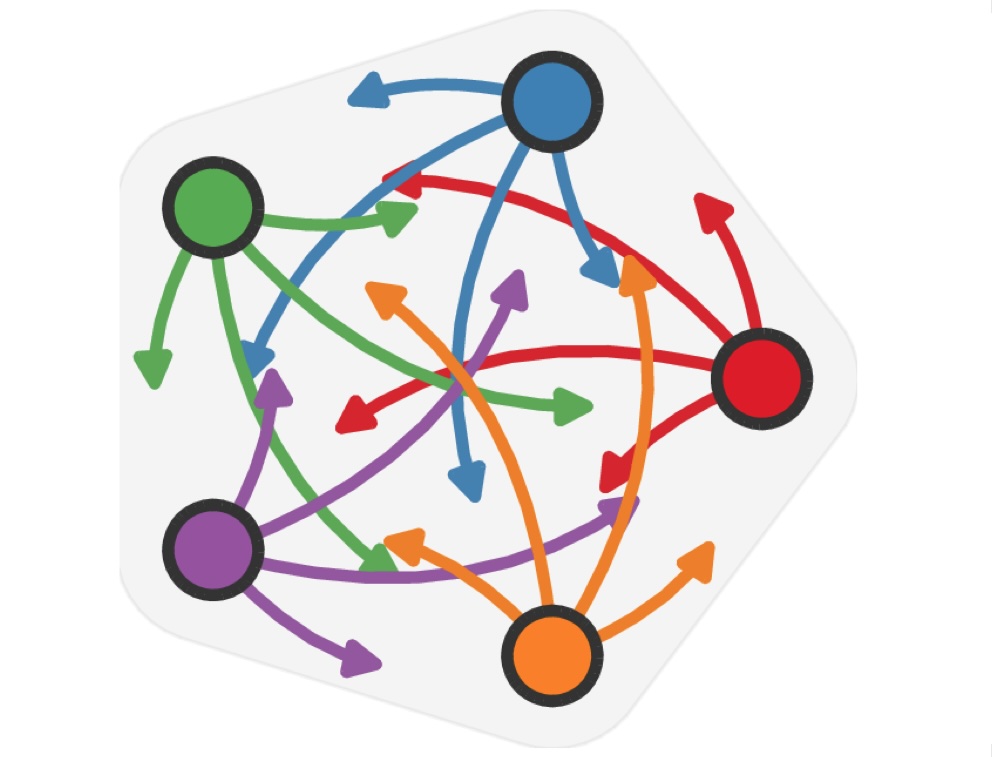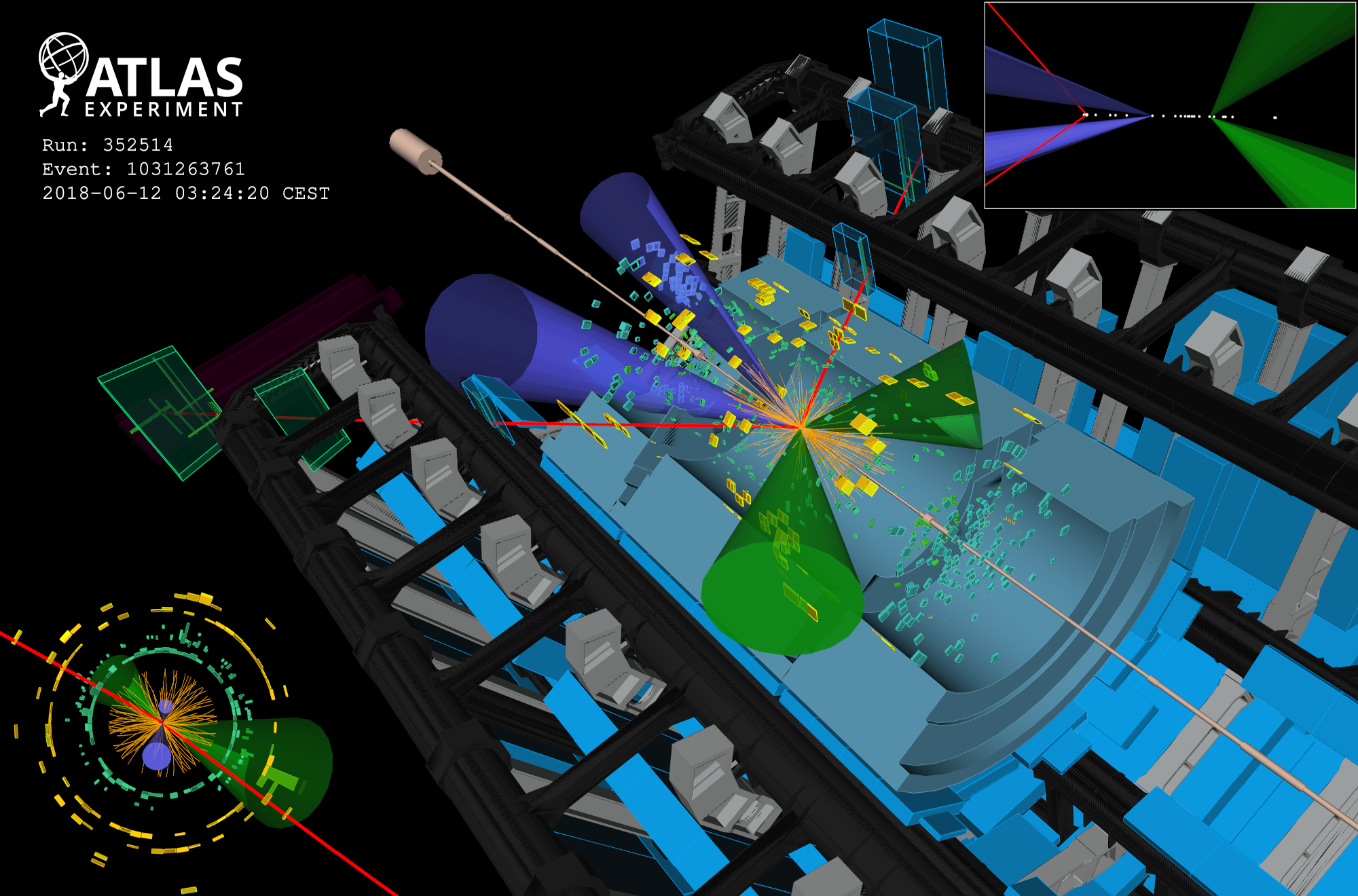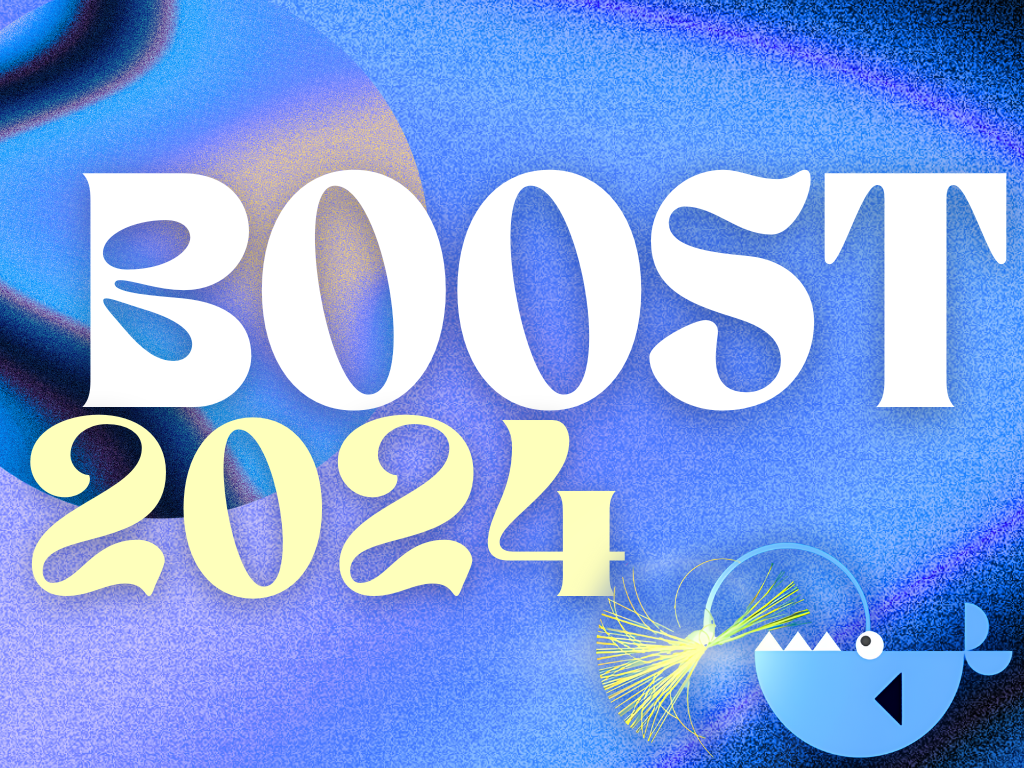Transforming bottom-jets: machine learning for improved bottom-jets measurements
30 July 2024 | By
Imagine a spectacular splash of particles lighting up a massive detector. For physicists at the ATLAS experiment, this spectacle occurs every 25 ns during data taking, as “jets” of particles are the most common signal they record. Though common, jets are incredibly important to measure. They are produced by particles that physicists are interested in studying, such as the Higgs boson, the top quark and, potentially, yet-to-be-discovered particles that hold the answers to questions about dark matter or maybe a new view of our universe.

Reconstructing jets – a process known as "clustering" – involves correctly matching energy deposits in the ATLAS calorimeter detector and tracks from the inner detector with the particles forming the jet and measuring their properties. To address challenges like missed particles or energy losses, physicists apply corrections called "calibrations" to their reconstructed jets. These calibrations are usually derived from data samples containing a mix of jets originating from light quarks and gluons.
At the BOOST 2024 conference, the ATLAS Collaboration presented a new technique that employs artificial intelligence (AI) to refine jet calibration, specifically focusing on jets originating from bottom quarks (b-jets). Unlike jets from light quarks, b-jets contain more particles on average and often feature secondary decays to particles like muons and neutrinos, which leave minimal traces in the detector. This has made them particularly challenging to measure, leading physicists to rely on ad-hoc corrections for specific measurements – until now.
ATLAS’ new “regression” technique uses cutting-edge transformer networks to develop a more universal calibration for b-jets. Transformers are powerful neural networks also utilised in applications like ChatGPT. They are capable of understanding how disparate data elements influence each other, even if they are far apart. Researchers trained the b-jet calibration transformers using simulated datasets that provide precise details about jet particles, including energy and mass. They also trained the transformers on “low-level” features, such as individual energy clusters and which detector layers particles passed through. This enabled the transformers to create detailed heat maps of detector signals and determine the correct properties of the jet with a higher degree of accuracy. Importantly, the transformers were trained to handle both small and large-radius jets.
ATLAS physicists have developed a new artificial intelligence technique to enhance measurements of particle jets originating from bottom quarks.

Physicists found that these regression algorithms significantly improve the estimation of a b-jet's transverse momentum, outperforming standard calibrations and ad-hoc corrections. For small-radius jets, the technique shows a 10-40% increase in accuracy for measuring jet transverse momentum compared to standard calibrations, and it effectively corrects for semi-leptonic decays (see Figure 1).
This new ATLAS technique is particularly useful for studying the Higgs boson’s favourite decay mode: into two bottom quarks (see event display). Often, the two b-jets created by this decay can overlap. To address this, scientists use large-radius jets that capture all decay products within a single jet. For large-radius jets, the regression algorithms were trained not only to estimate the jet's transverse momentum but also its mass – an important variable in physics analyses. This approach significantly improves the calibration of jet masses (see Figure 2), and provides a 25-35% more accurate estimation of transverse momentum of large-radius jets.
The improvements provided by ATLAS’ new regression technique will enhance the experimental sensitivity of searches for new particles and precision measurements using b-jets across both low and high momentum regimes. ATLAS researchers will continue to explore innovative strategies to deepen their understanding of their data.
Learn more
- Transformer networks for constituent-based-jet calibration with the ATLAS detector (ATL-PHYS-PUB-2024-015)
- BOOST 2024 talk by Magda Diamantopoulou: New techniques for reconstructing and calibrating hadronic objects with ATLAS
- BOOST 2024 talk by Dilia Portillo Quintero: Experimental introduction
- BOOST 2024 poster by Andrius Vaitkus: b-jet calibration in ATLAS




